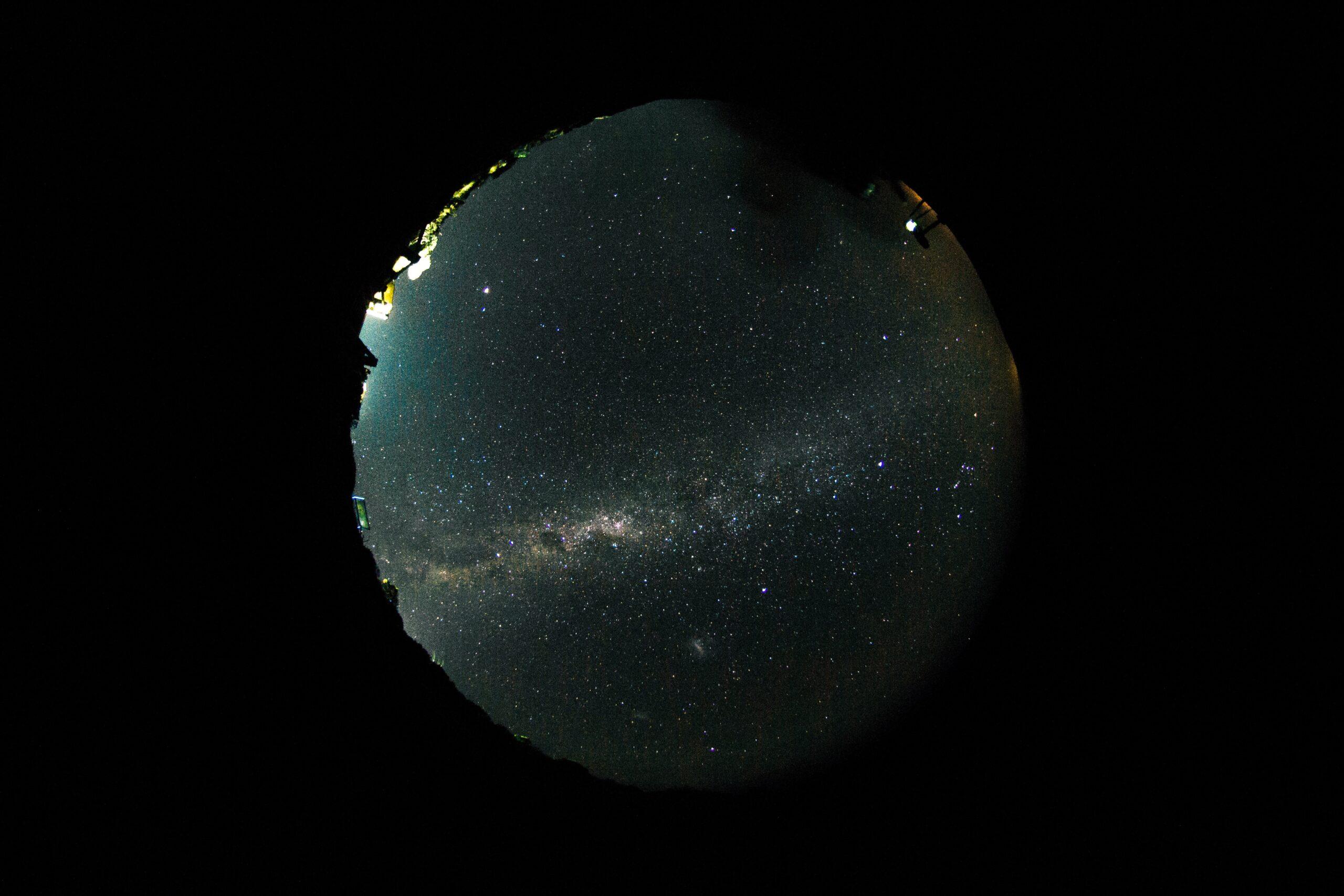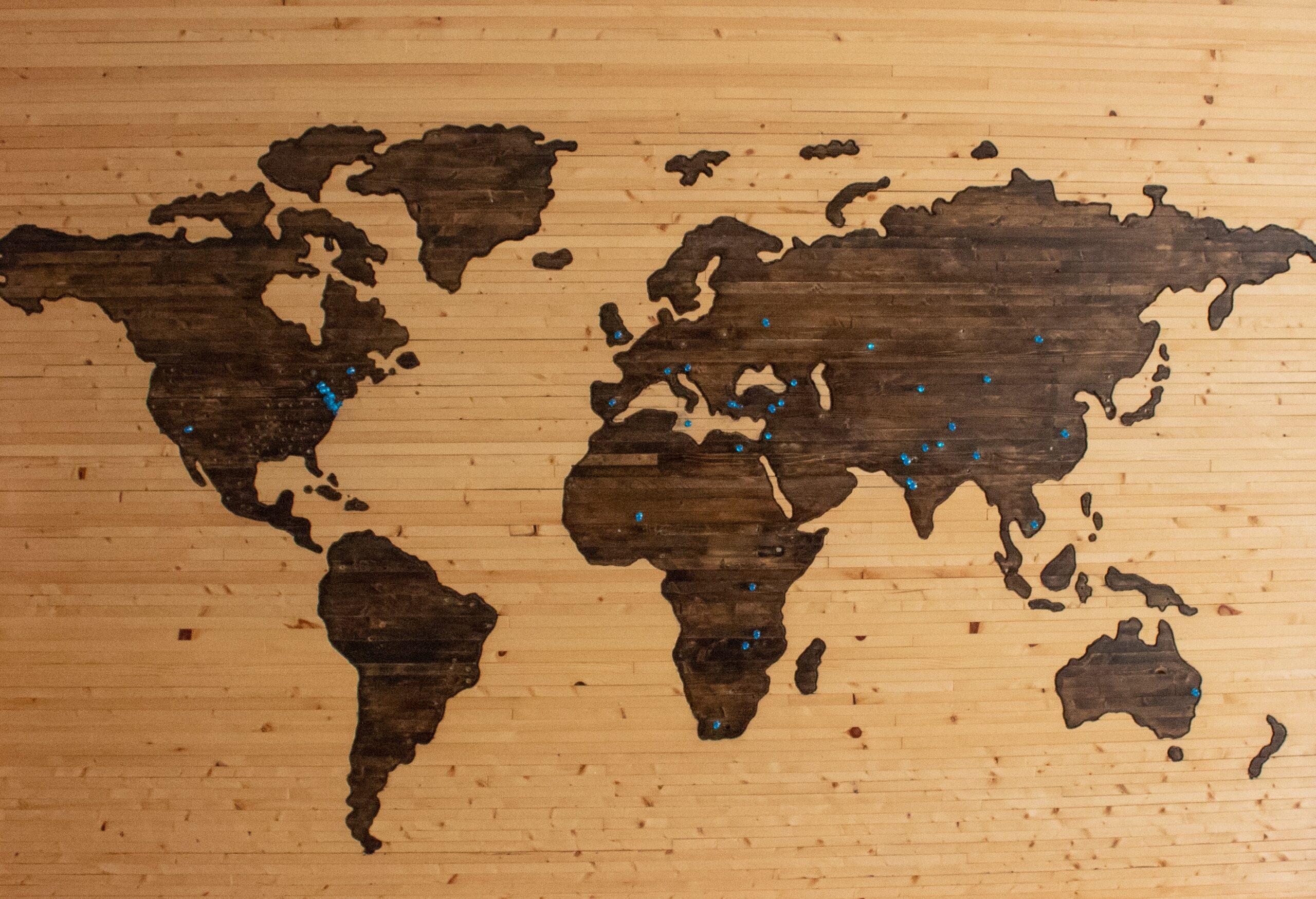CHRONO-CRISIS CONCEPT DOC 🙂
SYNOPSIS
Time travelers are lost in the fabric of time and are transported to a new time period with no clear path back and no memory of the time period they originated at. Travelers must navigate a set of challenges / questions relevant to the time period they are stuck in, in order to be given the opportunity given by Chronos to perform a timeskip to a new time period. Travelers are in a race to get back to their current time period before Chronos closes this fabric of time leaving the remaining travelers stranded. As Chronos watches the journey of the time travelers, he will allow travelers to exchange clocks they find along their journey for hints and rewards.

SETTING
The setting for this game is that of a Time Traveling game, where the setting changes regularly as each player is stuck in their own different time period. Travelers must learn to adapt to their new environment through a series of challenges in order to prove themselves worthy enough to move on. These time periods include the American revolution, Ancient China, World War 2, the future, and more. Once travelers prove themselves worthy through the completion of challenges, Chronos warps them to the time period they desire. Upon arriving at what the traveler believes is their originating time period, they must sacrifice a clock in order to win this race Chronos has designed.

CHARACTERS
- The Scientist: This character has the ability to analyze clues and solve puzzles quickly. They gain an advantage in challenges that involve scientific or mathematical knowledge.
- The Historian: This character is an expert in history and culture. They have the ability to decipher clues related to historical events and civilizations. They gain an advantage in challenges that involve history, art, or literature.
- The Soldier: This character is physically fit and agile. They can move quickly and have the ability to climb, jump, and run long distances. They gain an advantage in challenges that involve physical activities or agility.
- The Mage: This character has the ability to use magic to solve puzzles or create illusions to distract or deceive other players. They gain an advantage in challenges that involve magic or illusions. Each character has a unique set of skills that can be used to gain an advantage in the game. Players must work together to solve challenges and progress through the game, but they can also choose to sabotage each other to gain an edge.

EMOTIONS EVOKED
The tone of the game is adventurous and suspenseful, as players are time travelers who are lost in different time periods and are in a race to return to their present. The game involves challenges that require players to use their skills and knowledge to solve puzzles and progress through the game. There is also an element of strategy, as players can choose to sabotage each other in order to gain an advantage. The game can evoke a range of emotions, including excitement, frustration, and satisfaction. Players may feel excited when they successfully solve a puzzle or overcome a challenge, but may also feel frustrated when they fail a challenge or lose a turn. The race to return to their present can also create a sense of urgency and competition among players, leading to a heightened emotional experience. Additionally, the use of superpowers and unique character traits can add an element of fun and creativity to the game, which can make it more engaging and enjoyable for players.
GAMEPLAY
At each turn, each traveler pick an adjacent space they want to move to explore next. Travelers are given 2 clocks at the beginning, travelers can gain more clocks through completing unique difficult challenges / trivias at each location. Using a clock allows travelers to randomly teleport to a new timeline, or clocks can also be used as a sacrifice to Chronos in order to ask the God whether they have correctly reached their destination. If Travelers are incorrect, they are told they are incorrect and they are given a hint card as condolences. Everytime they complete a challenge at one location, each person need to collect 4 pieces of puzzle at first, after that they get rewarded a hint card.

KEY CHALLENGES FOR DESIGN
One of the key challenges for designing this game is ensuring that the challenges are of equal difficulty so that no player is disadvantaged or advantaged. This means that the challenges should be designed to test a range of skills and knowledge, from physical agility to historical knowledge to scientific aptitude. The challenges should also be challenging enough to keep players engaged, but not so difficult that they become frustrated and lose interest. Additionally, the challenges should be relevant to the time period that the player is in, and should reflect the culture, history, and technology of that era.
Another important challenge is designing the map so that each player is an equal distance from their destination as the next. This means that the map should be carefully designed to ensure that all players have an equal chance of winning, regardless of where they start. The map should also be designed to reflect the different time periods that players will be traveling to, with different environments, landscapes, and obstacles in each era.
Character and special power design is also a key challenge for this game. Each character should have a unique set of skills and abilities that can be used to solve challenges and progress through the game. These powers should be carefully balanced so that no one character is overpowered, and each power should be relevant to the character’s background and expertise. The powers should also be designed to work together so that players must work collaboratively to solve challenges.
KEY CHALLENGES FOR TECH
The technical component of this game involves the Chronos character, who will confirm if the user is at the correct location, keep track of the number of clocks a user has, give out hints, and generate a random location for a user to teleport to. One of the key challenges for the tech is designing the aesthetic of Chronos, given all of his technical capabilities. Chronos should be designed to symbolize power and a sense of omnipresence, while also being easy to use and understand. This means that the design should be sleek and modern, with clear and intuitive interfaces.
KEY CHALLENGES FOR VISUAL DESIGN
The challenge of visual design is designing the location at each location on the map. With the limited map space, we want to select the most iconic images to put on the map in order to represent different locations at a certain point in time. We have to rearrange the locations so that the color schemes don’t fight with each other, as well as the icon images of each location fits well together in terms of scale and shape.



